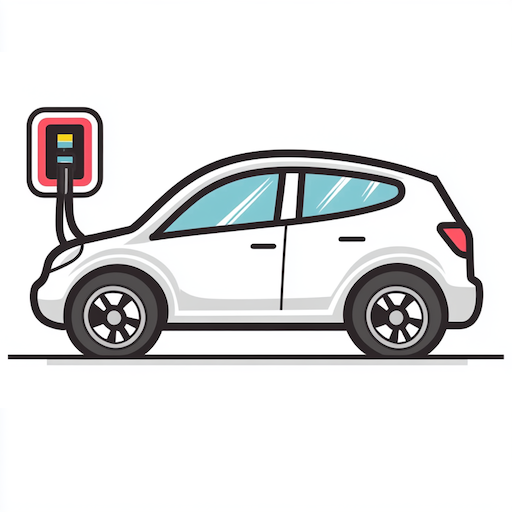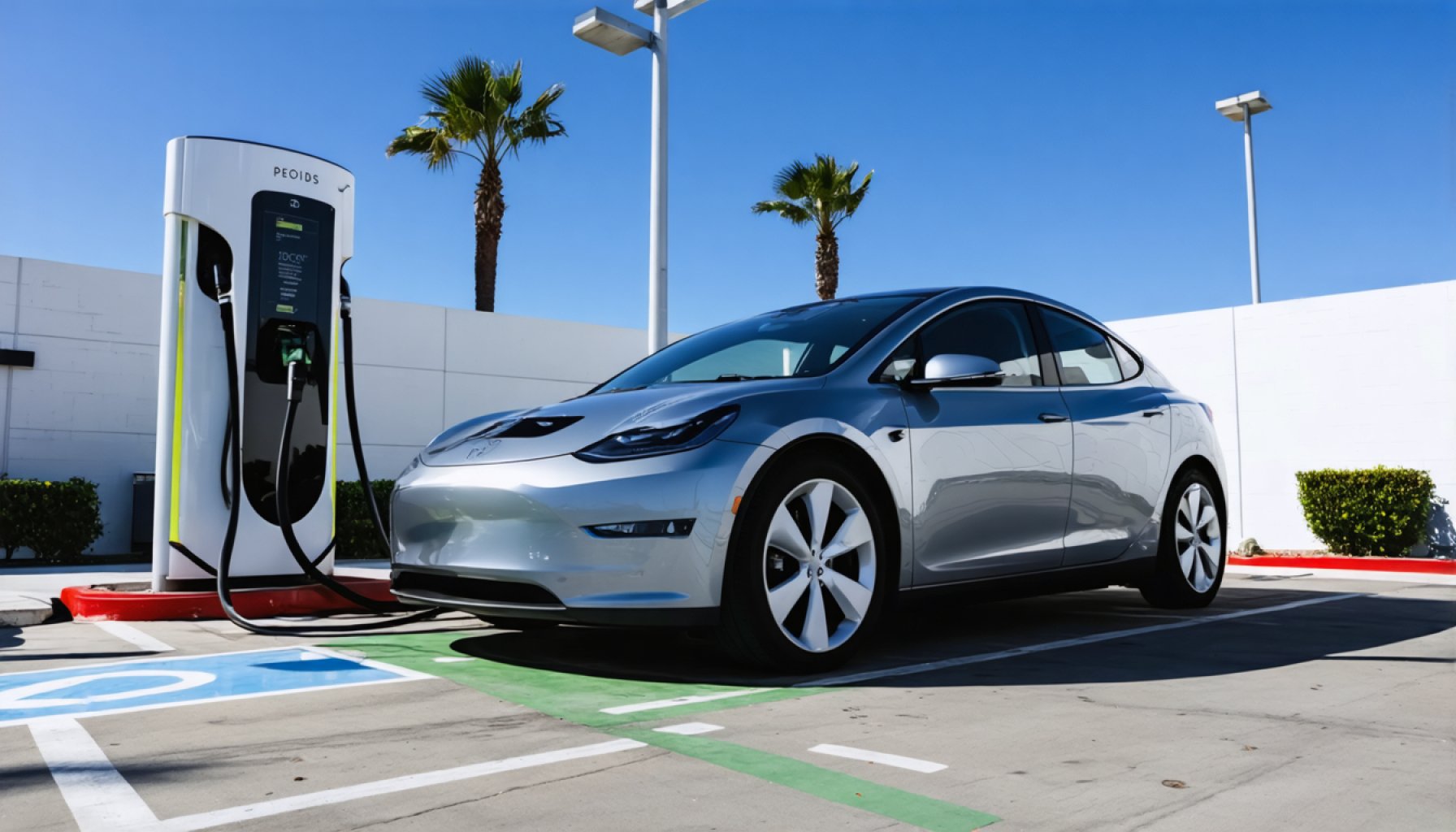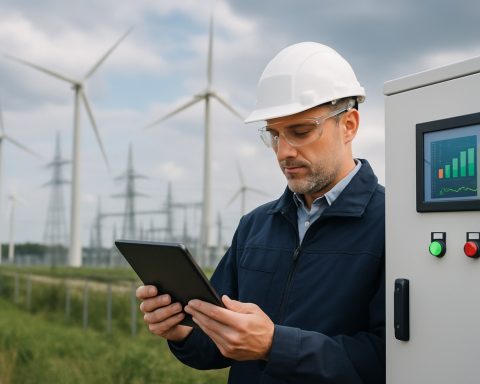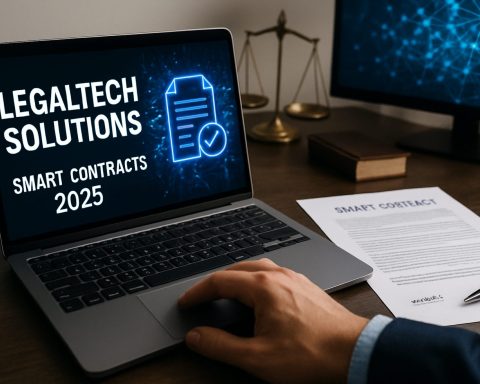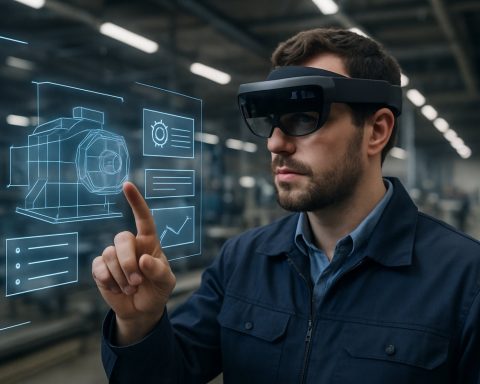- California is advancing the electric vehicle (EV) revolution with the Fast Charge California Project, offering up to $55 million to develop rapid-charging stations statewide.
- The state aims for all new cars and trucks to be zero-emission by 2035, supported by the California Electric Vehicle Infrastructure Project (CALeVIP), which has established nearly 10,000 chargers since 2017.
- Fast chargers deliver 480 volts of DC electricity, recharging EV batteries to 80% in about 30 minutes, ensuring both speed and efficiency.
- The project prioritizes installation in tribal, disadvantaged, and low-income communities, aligning with environmental and social justice goals.
- Potential hosts like hotels and convenience stores can apply for installation incentives covering up to 100% of costs, requiring projects to be “shovel-ready.”
- California is creating a sustainable electric legacy, signaling that the EV future is actively being built.
California’s roads echo a quiet hum as the electric vehicle (EV) revolution gains momentum. Not content to simply keep pace, the Golden State accelerates its charge with a formidable initiative—the Fast Charge California Project. Aimed at crafting a web of rapid-charging stations, this ambitious program unlocks up to $55 million in funding opportunities, transforming gas stations, parking lots, and retail centers into electric havens.
The essence of this drive lies in the urgent strides toward zero-emission vehicles. By 2035, the aim is for every new car and truck sold to be emission-free. California’s efforts to cultivate this electric ecosystem are propelled by the California Electric Vehicle Infrastructure Project (CALeVIP), a beacon of innovation since its inception in 2017. Nearly 10,000 chargers have already sprouted across the landscape, igniting a network that supports the state’s growing fleet of 1.5 million electric vehicles.
These fast chargers promise speed and efficiency, pushing direct current (DC) electricity at 480 volts to replenish battery life to 80% in roughly 30 minutes. Yet, the goal transcends convenience; it homes in on equity. Projects that take root in tribal, disadvantaged, and low-income communities receive priority, melding environmental progress with social justice.
Potential EV charging hosts—ranging from hotels to convenience stores—can now aspire to join this transformative journey. Offering generous incentives, the project aims to cover up to 100% of a site’s charging installation costs. But there’s a caveat: readiness is key. Only ready-to-build projects with completed utility designs and permits stand to benefit.
As the nation watches, California charges boldly ahead, crafting not just infrastructure, but a new electric legacy. The message is clear: the EV future isn’t merely approaching; it’s being built right now, one charge at a time.
California’s Ambitious EV Charging Initiative: Fast-Charging to the Future
How-To Steps & Life Hacks for Hosting EV Charging Stations
Steps to Becoming an EV Charging Host:
1. Assess Location Suitability: Determine if your site is a strategic location for an electric vehicle (EV) charging station, considering factors like foot traffic and ease of access.
2. Obtain Necessary Permits: Complete all required permits and utility designs to ensure your project is ready to build.
3. Apply for Funding: Leverage the Fast Charge California Project’s incentives to potentially cover up to 100% of installation costs.
4. Install the Chargers: Partner with certified contractors and suppliers to set up the EV charging stations effectively.
5. Maintain Equipment: Ensure regular maintenance and updates for reliability and efficiency.
Real-World Use Cases
– Private Businesses: Retailers and stores can attract customers by offering convenient charging locations.
– Hotels: Provide added value to guests by facilitating vehicle charging overnight.
– Public Infrastructure: Municipalities can increase public charging availability in parks and public buildings.
Market Forecasts & Industry Trends
The global EV charging market is booming. According to ResearchAndMarkets.com, the market is expected to grow at a CAGR of 31.1% from 2021 to 2028. California’s efforts position the state as a leader in this sector, paving the way for a comprehensive network of charging stations.
Reviews & Comparisons
Comparing the Fast Charge California Project with similar state and federal initiatives reveals California’s aggressive timeline and focus on equity. Programs in other states may not offer the same level of funding or may require different eligibility requirements.
Controversies & Limitations
Controversies:
– Some stakeholders raise concerns about the grid’s ability to handle increased electrical demand.
– The environmental impact of battery production and disposal remains a topic of debate.
Limitations:
– Dependence on location readiness for funding eligibility.
– Initial costs and infrastructure changes can be prohibitive for some businesses without incentives.
Features, Specs & Pricing
– Charger Type: DC Fast Chargers capable of delivering 480 volts, reducing charging time to about 30 minutes for 80% capacity.
– Installation Cost: This can vary, but incentives aim to cover significant portions, potentially up to 100%.
Security & Sustainability
Security: These stations are equipped with robust software and hardware protections to ensure safe transactions and operations.
Sustainability: Prioritizing renewable energy sources to power these chargers can enhance environmental benefits.
Insights & Predictions
Experts predict that widespread installation of fast chargers will significantly reduce range anxiety and propel EV adoption forward. Anticipate an increase in local economic activity around charging stations as they become retail magnets.
Tutorials & Compatibility
Compatibility: Most DC fast chargers are compatible with a wide variety of EV models, though some proprietary connection types (e.g., Tesla’s Supercharger network) may require adapters.
Pros & Cons Overview
Pros:
– Accelerates adoption of emission-free vehicles.
– Enhances the convenience of EV use with rapid charging.
– Prioritizes underserved communities.
Cons:
– Initial infrastructure setup can be complex and costly without incentives.
– Ongoing debates about the grid’s capacity to handle increased electricity demand.
Actionable Recommendations
– For Businesses: Assess your readiness and apply for funding to transition your site into an EV charging hub.
– For Consumers: Consider switching to an electric vehicle; a robust charging network is evolving to support your needs.
– For Policymakers: Continue to support and expand incentives to foster widespread adoption and combat potential limitations.
California is leading the charge into a sustainable future, and you can be part of this transformative era.
For more about EV initiatives and how to get involved, visit the Green Car Reports.
